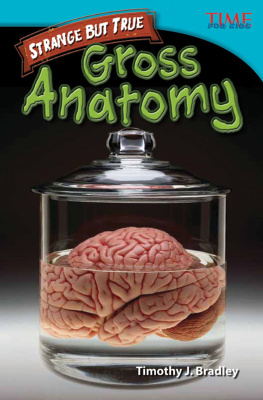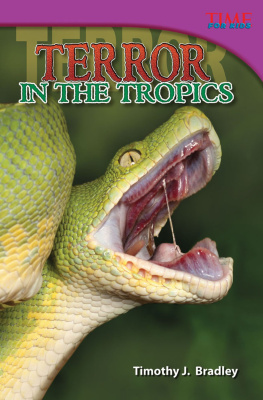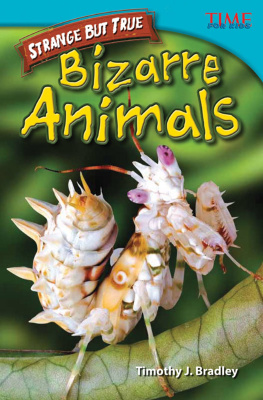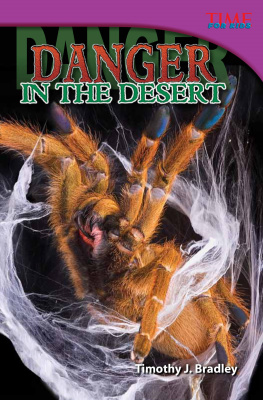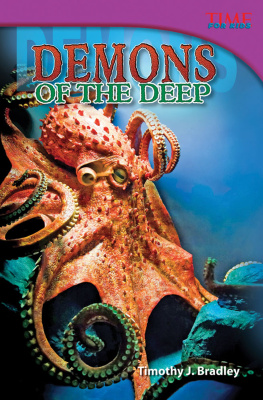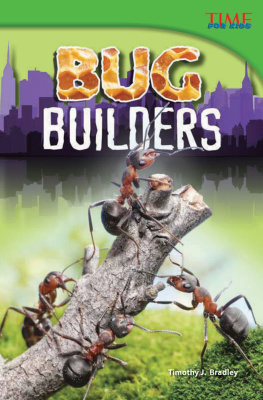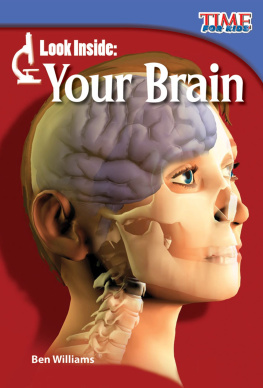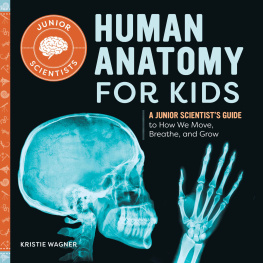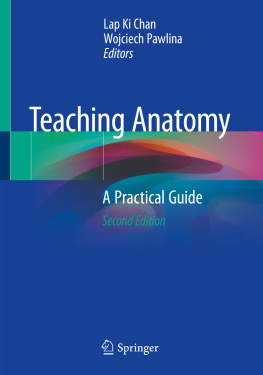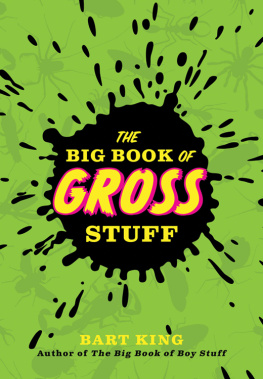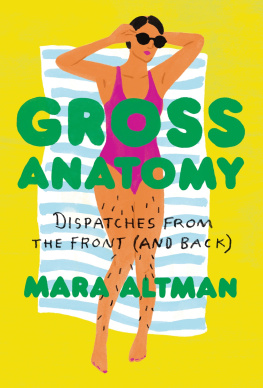
Timothy J. Bradley


Teacher Created Materials
5301 Oceanus Drive
Huntington Beach, CA 92649-1030
http://www.tcmpub.com
ISBN 978-1-4333-4860-0
2013 Teacher Created Materials, Inc.
Consultants
Timothy Rasinski, Ph.D.
Kent State University
Lori Oczkus
Literacy Consultant
Dana Lambrose,
M.S.N., P.M.H.N.P.
West Coast University
Based on writing from
TIME For Kids. TIME For Kids and the TIME
For Kids logo are registered trademarks of
TIME Inc. Used under license.
Publishing Credits
Dona Herweck Rice , Editor-in-Chief
Lee Aucoin , Creative Director
Jamey Acosta , Senior Editor
Lexa Hoang , Designer
Stephanie Reid , Photo Editor
Rane Anderson , Contributing Author
Rachelle Cracchiolo , M.S.Ed., Publisher
Image Credits: cover, p.1 Alamy; p.10
Corbis; p.31 Getty Images/Ikon Images;
p.9 (top) National Geographic Stock; p.15
(top) AFP/Getty Images/Newscom; p.23
(bottom right) EPA/Newscom; p.9 (bottom)
imago stock&people/Newscom; p.16
Reuters/Newscom; pp.10, 19 (top) Photo
Researchers, Inc.; pp.8, 1213, 15 (bottom),
19 (bottom), 21, 25, 2829, 3839 John
Scahill; All other images from Shutterstock.
Synched Read-Along Version by:
Triangle Interactive LLC
PO Box 573
Prior Lake, MN 55372
ISBN-13: 978-1-68444-906-4 (e-book)

Table of
Contents
Bizarre Biology ................
Bones and Muscles .............
Skin ........................
Respiration and Circulation ....
Digestion ....................
The Five Senses ..............
The Brain ...................
Human Body 2.0 ..............
Glossary .....................
Index .......................
Bibliography ................. 46
More to Explore ..............
About the Author .............

Bizarre
Biology
T
heres a lot more than just blood and
guts inside the human body. Theres
gas, earwax, vomit, scabs, pus, boogers,
and belches, too! From head to toe, our
bodies are amazing and gross!
Around 2,000 years ago, scientists
began to peek inside. They began
to dissect human bodies. From the
outside, we may look pretty boring.
But cut us open, and inside youll
find a world stranger than any planet.
Anatomy
Human anatomy is the part of science that
deals with our bodys structure. The words
gross anatomy
dont refer to parts of the
body that are gross. They refer to parts
of the body that can be studied with the
human eye no microscope required!

What lies below our skin?
How do the different parts of the
body work together?
How would our lives change if
our bodies were different?

Bones
and
Muscles
Muscles and bones
work together to
support the body.
would happen if your bones and muscles
suddenly disappeared? You would flop to
the ground, unable to move or function. You
would be a puddle of skin, blood, and guts. The
only good news is you wouldnt be able to live
very long in this state.
All animals need a stable frame to move
around. The organs inside our bodies need
to be protected. Fish, amphibians, birds, and
mammals all have an internal skeleton. The
skeleton supports the organs and protects the
brain. The human skeleton is made of bone.
A strong internal skeleton
supports the body. It lets us
do things like ride skateboards
and climb trees.

Boneheads
Every baby is born with a
soft spot at the top of his or
her head. This is where the
bones in the skull havent
grown together yet. In the
past, people tried to flatten
childrens skulls by pressing
their skulls gently against a
board. Bad idea!
Smooth Moves
Babies are born with over
bones. Over time, some of the
bones fuse together. Adults only
have bones in their bodies.

No bones about it. Our skeletons hold
us together. When you think of bones, you
may picture the dry, hard bones you see in a
museum. But our bones are alive. They grow
and change just like the rest of the body. If
a bone is broken, the body is able to repair
it. New bone joins the broken ends, and the
repaired bone may be as strong as it was before.
Bone is made of calcium and other
elements. Calcium is very strong. Ligaments
and tendons hold the bones together. Joints
are formed where the bones meet. The elbow
is one of the most used joints in the body. To
keep the bones from rubbing against each
other, pads of cartilage (KAR-tl-ij) cushion the
joints. Throughout the day, cartilage shrinks.
Thats why were taller in the morning and
shorter at night!

Foot Binding
For generations, many Chinese
girls had their feet bound.
Their toes were broken, tucked
under, and then bandaged.
Repeated bindings prevented
the feet from growing to full
size. Women with these tiny
feet were admired. Some wore
shoes as small as three inches.
Today, foot binding is illegal.
Beautiful Bones

